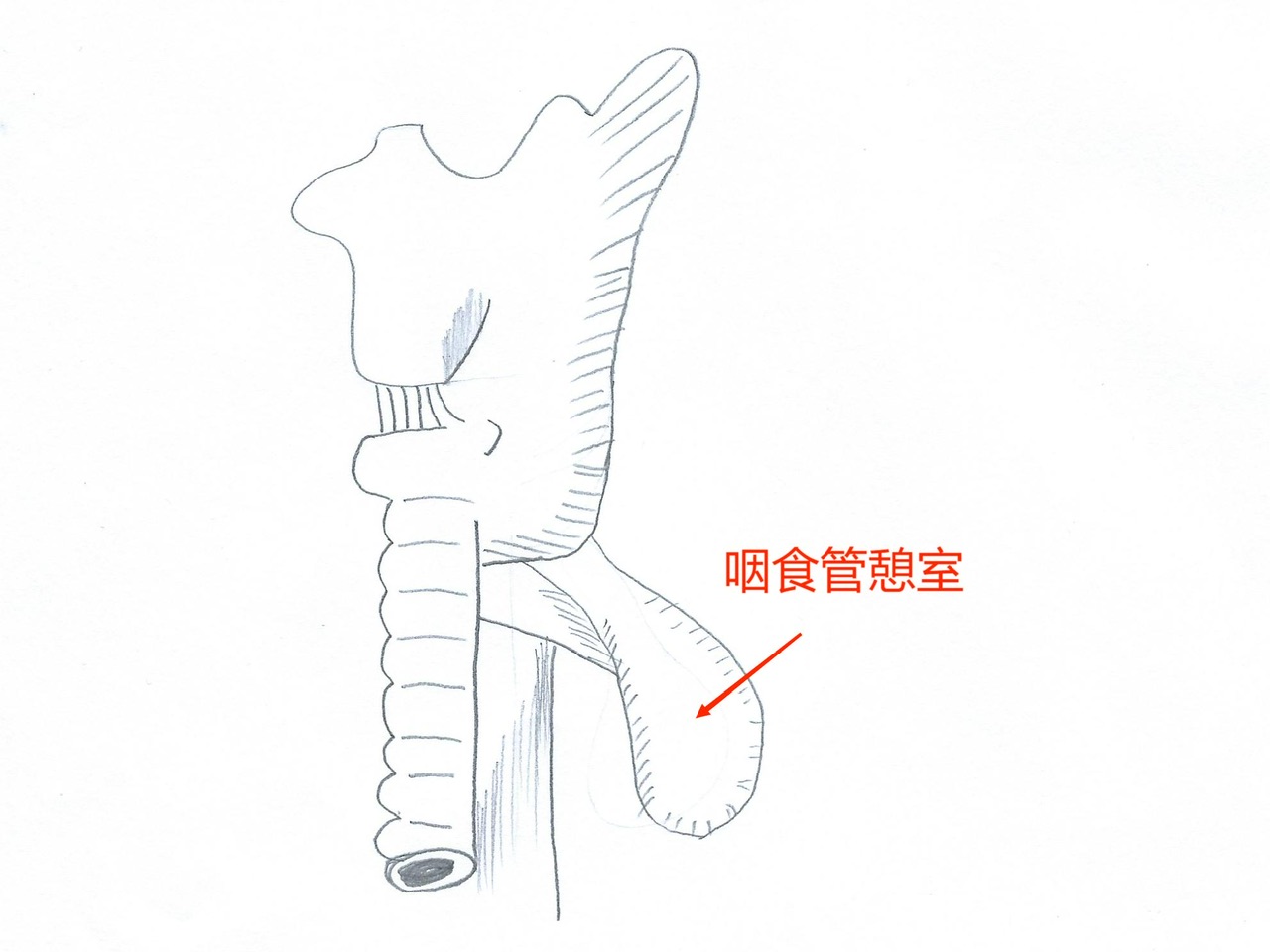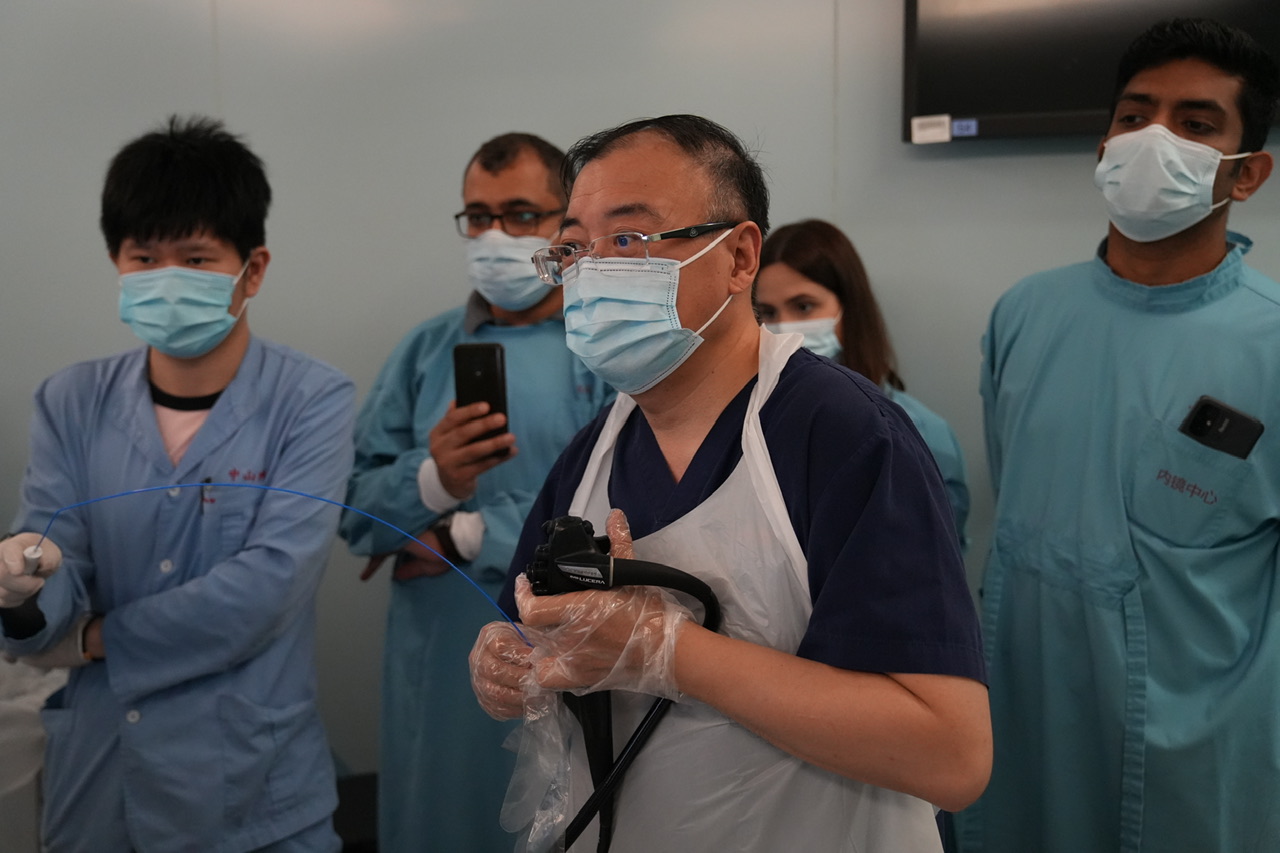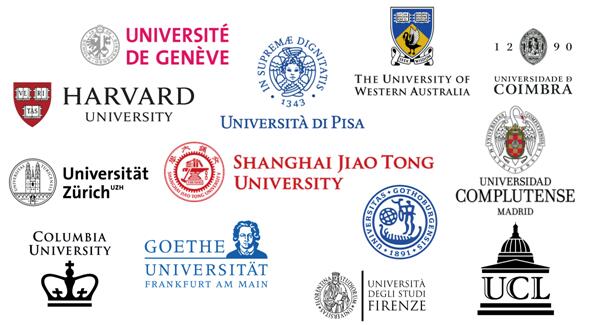Zhongshan Hospital collaborates with multiple disciplines to reshape the patient's "life channel". The elderly in their seventies have difficulty eating for six months and have lost 30 pounds due to severe weight loss. The diverticulum | esophagus | discipline
"Did Aunt Qi drink Congee this morning? How much did she drink? Did she vomit?". This means that the "eating difficulties" that have troubled Aunt Qi for over a decade have finally been resolved, and she can now be discharged smoothly. Aunt Qi held the hands of Professor Zhang Shuncai and Professor Zhou Pinghong, constantly thanking them, "Thank you to the doctors at Zhongshan Hospital. You are so amazing, I can finally eat smoothly!"
72 year old Aunt Qi suffers from extremely severe congenital scoliosis, with a scoliosis angle of nearly 70 degrees and a height of only 115cm. For over a decade, I have been suffering from long-term throat pain and vomiting when eating. In the local area, I was diagnosed with "pharyngoesophageal diverticulum", which is a pocket like substance growing at the entrance of Aunt Qi's upper esophagus, causing most of the food to slide into the pocket and cause vomiting.
Two years ago, due to worsening symptoms, Aunt Qi placed two esophageal stents in the local hospital. But the postoperative condition did not improve. In the past six months, not only did he have difficulty eating, but he even vomited when drinking water, and he also developed pneumonia multiple times. Even though the symptoms did not improve after removing a stent in the local hospital, Aunt Qi's inability to eat normally for a long time caused her to lose over 30 pounds, which is less than 60 pounds.
Afterwards, Aunt Qi traveled to multiple hospitals across the country and was refused requests for further treatment due to the difficulty and high risk of the surgery. Upon recommendation, Aunt Qi, holding the last glimmer of hope, came to Professor Zhang Shuncai's outpatient clinic in the Department of Gastroenterology at Zhongshan Hospital affiliated with Fudan University.

Due to his unique physique and incomplete medical history, Professor Zhang, who has always been known for treating difficult and severe cases, has made a mistake this time. "As long as my mother can drink Congee, it's OK." In the face of such a basic demand, Professor Zhang Shuncai has strengthened his determination to treat patients. After admitting Aunt Qi to the hospital, Deputy Chief Physician Zhang Ningping and the digestive department's diagnosis and treatment team first strengthened anti infection and nutritional support treatment, quickly improved various examinations, and consulted with the Endoscopy Center and Anesthesiology Department for discussion. Finally, it was decided to try gastroscopic esophageal stent removal under rapid general anesthesia tracheal intubation in a lateral position.
On August 17th, through careful intraoperative exploration, it was found that Aunt Qi's esophageal pouch did not shrink, but instead grew significantly larger due to food accumulation, with a diameter of 2.5 centimeters and a maximum diameter of 4.3 centimeters. The stent, which had been inserted for two years, not only failed to function properly and covered the cavity of the diverticulum, but also embedded one end into the esophageal wall. granulation, scars, and the metal wire of the stent were inseparable and filled with food that could not be removed, making the originally narrow esophagus even more congested. In addition, the "bag mouth" of the diverticulum is close to the trachea, and the blocked spilled food will flow into the trachea, leading to Aunt Qi's previous repeated pneumonia. If not handled in a timely manner, the diverticulum will further enlarge, leading to perforation and bleeding, and the consequences are unimaginable. Conventional surgical methods cannot simultaneously separate the stent and solve the problem of the pouch, and the situation is even more complex than expected.
Dr. Ma Lili, the chief surgeon, reported this special case to Professor Zhou Pinghong, the director of the Endoscopy Center. Professor Zhou Pinghong, who was eating in the office, put down his chopsticks and immediately rushed to the operating room. After learning about the current surgical situation, he decided to try using a cutting knife to cut thick scars along the stent, separating the stent from the esophagus, which greatly tested the doctor's precise operation and team cooperation. Any slight carelessness during surgery may lead to esophageal perforation, which in turn can cause serious infections and even endanger life.
Foreign physicians from countries such as Egypt, Jordan, and Portugal who are currently studying at endoscopy centers have also heard of this and come to observe. Half an hour later, a metal tube with a length of 15 centimeters and a diameter of 1.8 centimeters was successfully peeled off and removed.

After inspecting the esophageal wound and the condition of the esophageal diverticulum sac, Professor Zhou decided to use the latest tunneling technique - endoscopic submucosal tunnel diverticulum isolation surgery to help Aunt Qi cut open this "bag" and completely solve the problem of eating difficulties that Aunt Qi has been troubled by for more than ten years.
The STESD surgery involves establishing a submucosal tunnel in the esophagus, separating it into the spinal space between the esophageal diverticula, and performing a spinal incision within the tunnel. Enable the content to be unobstructed as the inter spinal resistance decreases. But Aunt Qi's severe scoliosis of the spine is S-shaped, and her esophagus is also severely twisted. In addition, the location of the diverticulum is special, making it difficult to build a tunnel like walking a steel wire. When the last metal clip for suturing the wound closed, applause erupted in the operating room, not only praising Professor Zhou's superb skills, but also genuinely bringing joy to the patient. "The love of doctors is also reflected in the continuous innovative practice of relieving the pain of patients. It is closely intertwined with the filial piety of children and the hope of patients," said Professor Zhou Pinghong.
After the operation, under the careful care of the digestive medical team, Aunt Qi recovered well, pulled out the gastrointestinal decompression tube the next day, and could have Congee the third day.
As the first comprehensive national medical center approved in the country, Zhongshan Hospital affiliated with Fudan University focuses on key core technical issues such as "one step at the door" and "bottleneck" that meet the health needs of the people. The STESD surgery performed by Professor Zhou Pinghong is a new minimally invasive endoscopic treatment technology pioneered internationally by the Endoscopy Center of Zhongshan Hospital. Since 2016, nearly a hundred cases have been successfully implemented and continuously promoted both domestically and internationally.





